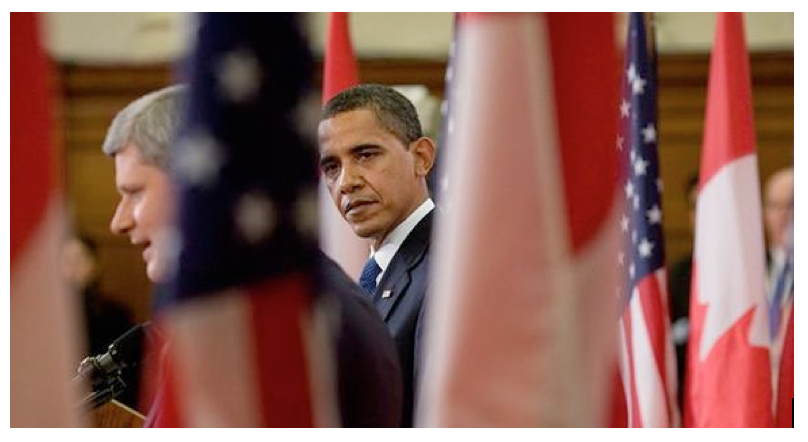Less than a week after Valentine’s Day, the Three Amigos – the collective nickname given to NAFTA bloc leaders Stephen Harper of Canada, Mexico’s Enrique Pena Nieto, and US President Barack Obama – held their annual summit. But there was no love lost between two of the men, namely Harper and Obama, and the spat is over oil.
Specifically, Harper is losing patience with America’s foot-dragging on the approval of the proposed Keystone XL pipeline. This $5.4 billion, 1179-mile collaboration is intended to transport some 800,000 barrels of oil per day south, all the way from the Athabasca oil sands of Alberta to American refineries in the Midwest and along the Gulf Coast of Texas and Louisiana. The Athabasca oil sands have been producing to some degree since 1967, but rising oil prices in the early 2000s spurred rapid expansion in the area. In fact, since 2003, Canada has invested more than $100 billion in the oil sands, and the Canadian Energy Research Institute (CERI) puts capital investment at $218 billion over the next 25 years. Canada produces roughly two million barrels a day from the oil sands; that figure should rise to 5.2 million barrels a day by 2030, says the Canadian Association of Petroleum Producers. Production is tied to 75,000 jobs nationwide, and employment related to the oils sands is expected to continue to surge during the next quarter century.

